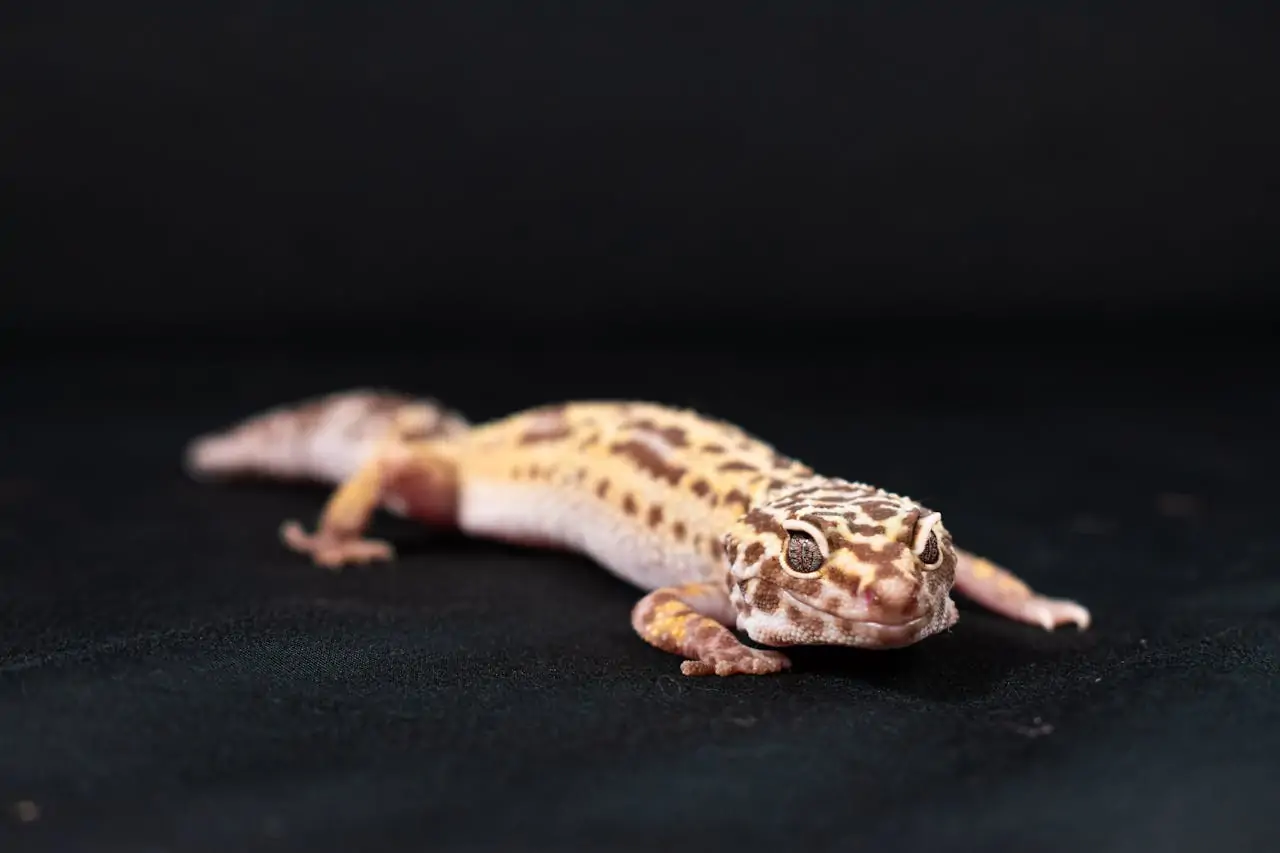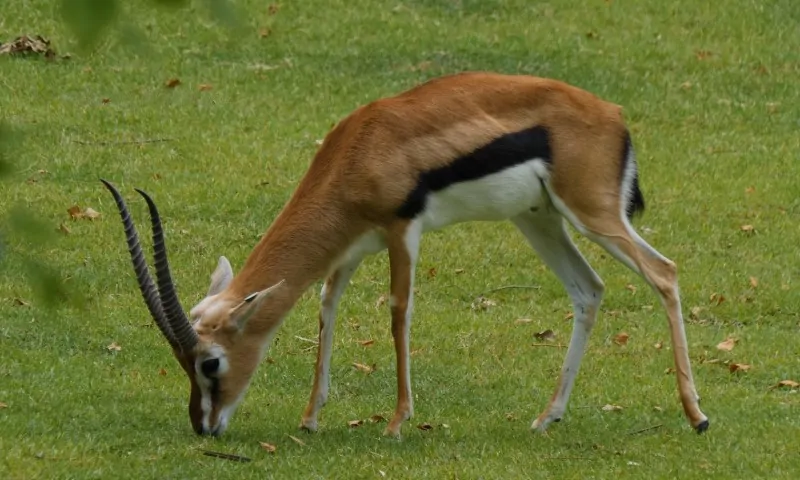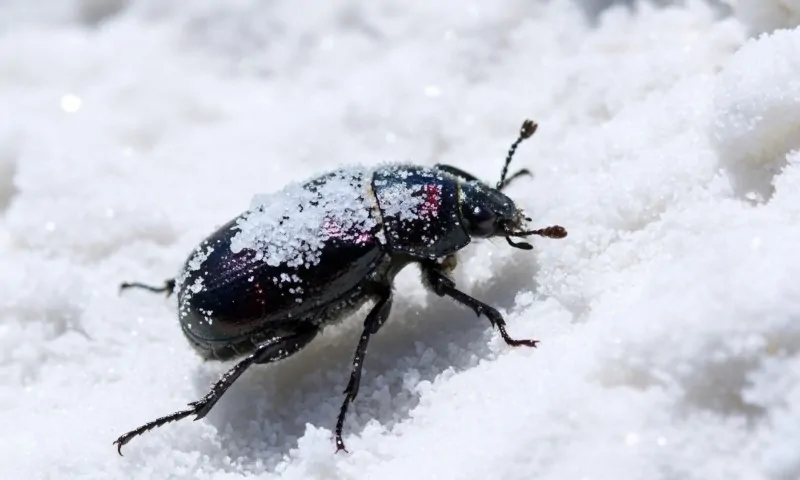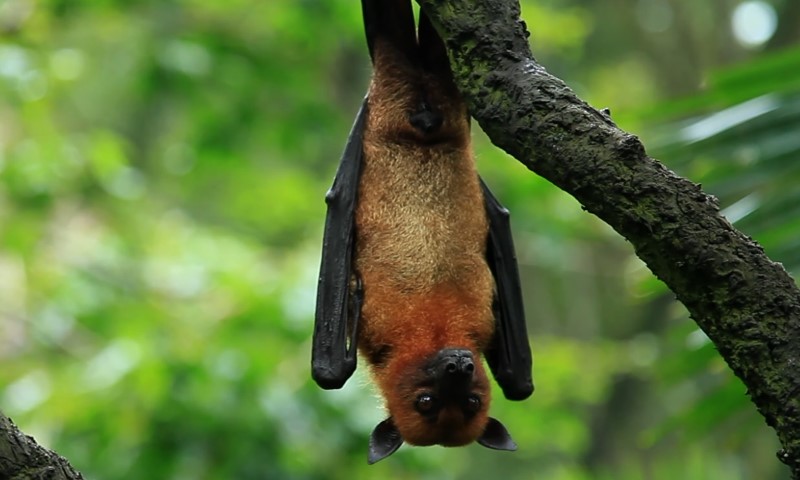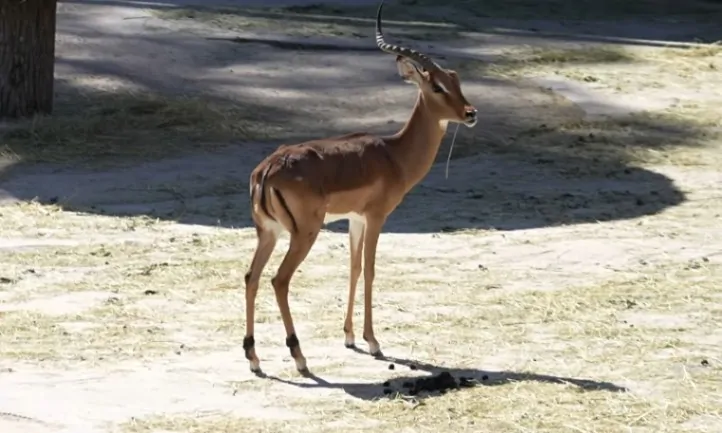When people think of pet lizards, they often imagine something wild and unapproachable. But in truth, several lizard species are docile, safe, and even affectionate when cared for properly.
If you’re a beginner or just want a calm, friendly reptile, the species below are widely recommended by experienced reptile keepers.
They offer a mix of low aggression, easy handling, and engaging personalities, all while being manageable in a home environment.
Table of Contents
Toggle1. Bearded Dragon (Pogona vitticeps)
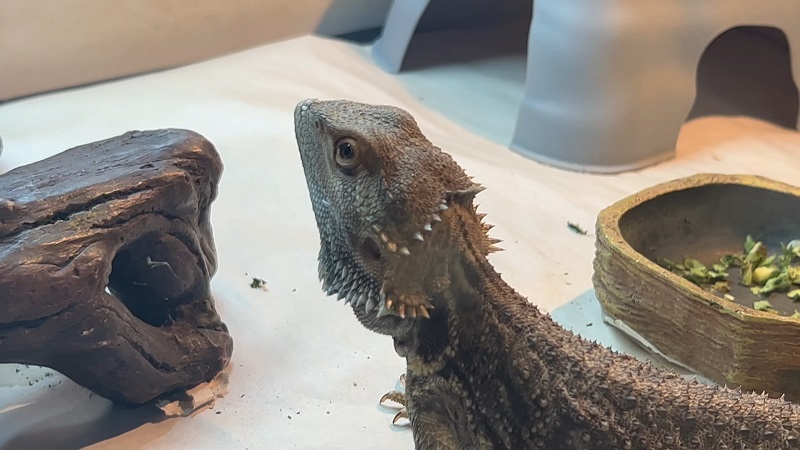
| Feature | Details |
| Temperament | Extremely friendly and calm |
| Size | 18–24 inches |
| Lifespan | 10–15 years |
| Diet | Omnivorous |
| Handling | Very tolerant |
| Tank Size | 40–75 gallons |
Bearded dragons are widely considered the gold standard for beginner reptile owners. They are naturally docile and social, making them highly tolerant of frequent handling. Many even seem to enjoy sitting on their owner’s shoulder or exploring a safe space outside their enclosure.
Bearded dragons are alert, intelligent, and curious—behaviors that make them especially engaging to watch.
These lizards are diurnal, meaning they’re active during the day, which makes them more in sync with human schedules than many nocturnal reptiles. Their calm demeanor allows them to be handled by children (under supervision), and with consistent care, they can even develop a strong familiarity with their owner. Some beardies will come to the front of the enclosure to greet you or climb onto your hand when offered.
To thrive, bearded dragons require a UVB light source, proper basking heat (up to 110°F), and a varied diet of live insects and leafy greens. A great insect option for juveniles or smaller adults are extra small roaches for bearded dragons, which are high in protein, easy to digest, and an ideal size for safe feeding.
They’re relatively hardy if housed properly and rarely show aggression. As long as their habitat and diet are maintained, they make an exceptional long-term pet for anyone wanting an interactive reptile experience.
2. Leopard Gecko (Eublepharis macularius)
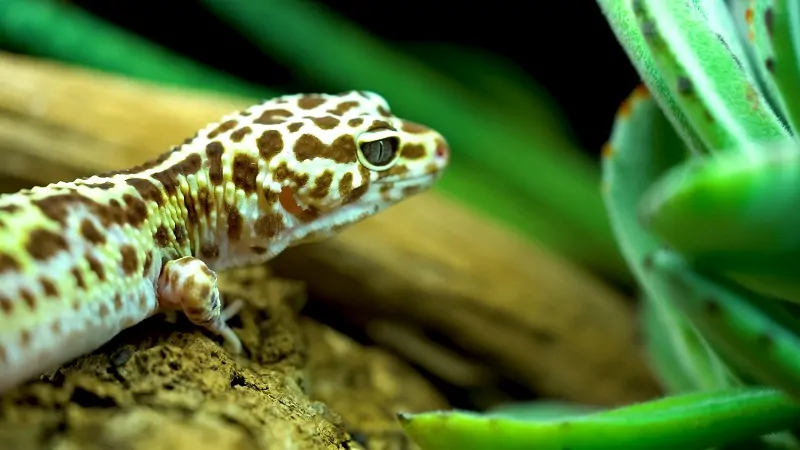
| Feature | Details |
| Temperament | Docile, very gentle |
| Size | 7–10 inches |
| Lifespan | 10–20 years |
| Diet | Insectivore |
| Handling | Excellent for beginners |
| Tank Size | 20 gallons |
Leopard geckos are one of the most beginner-friendly reptiles you can own. Unlike many lizards, they don’t require UVB lighting, which reduces setup complexity and cost. Their calm and predictable nature makes them ideal for first-time reptile keepers, especially those who might be nervous about handling.
These geckos are known for their charming appearance, especially their wide smiles and fat tails (which store nutrients). They are slow-moving and very tolerant of human contact. With consistent, gentle interaction, they can grow accustomed to being handled regularly and will often sit quietly in your hand or crawl slowly on your arm.
Leopard geckos are nocturnal, meaning they’re most active in the evening and night, but they don’t mind being disturbed gently during the day. Their diet consists exclusively of insects like crickets, mealworms, or dubia roaches, and their care requirements are simple compared to other lizards. They’re also among the most affordable reptiles to keep long-term.
3. Blue-Tongue Skink (Tiliqua spp.)
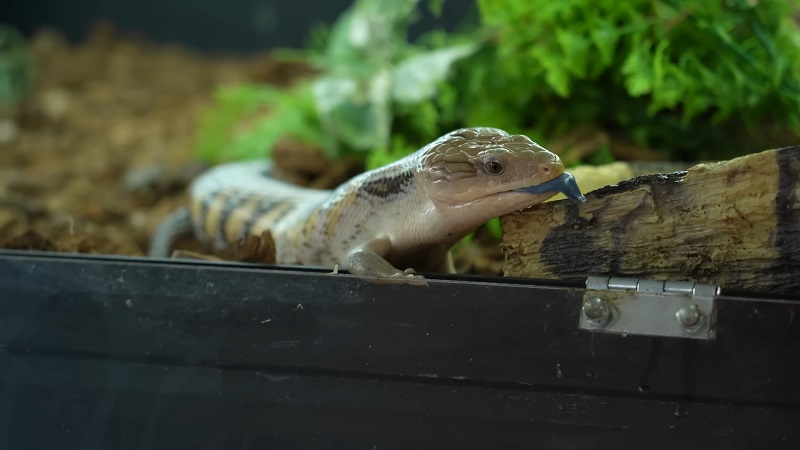
| Feature | Details |
| Temperament | Very tame and inquisitive |
| Size | 18–24 inches |
| Lifespan | 15–20 years |
| Diet | Omnivore |
| Handling | Enjoys attention when socialized |
| Tank Size | 55–75 gallons |
Blue-tongue skinks are excellent choices for reptile keepers looking for a larger, more intelligent pet lizard with a calm demeanor. These reptiles are named for their bright blue tongues, which they use to startle predators in the wild—but in captivity, they’re typically gentle and relaxed. They are slow-moving, rarely defensive, and respond well to regular, calm handling.
These skinks have broad, sausage-shaped bodies, and their relatively large size makes them feel more substantial in the hand compared to smaller lizards. They’re inquisitive by nature and will often explore their surroundings or interact with their owners during out-of-enclosure time. Some individuals even recognize their keepers and respond positively to voice and scent.
They require a large tank with appropriate heating and UVB lighting, and their omnivorous diet allows for feeding of insects, greens, fruits, and specially formulated skink diets. If you’re willing to invest in a bit more space and time, you’ll be rewarded with a long-lived, charismatic pet that behaves more like a small mammal than a typical reptile.
4. Crested Gecko (Correlophus ciliatus)
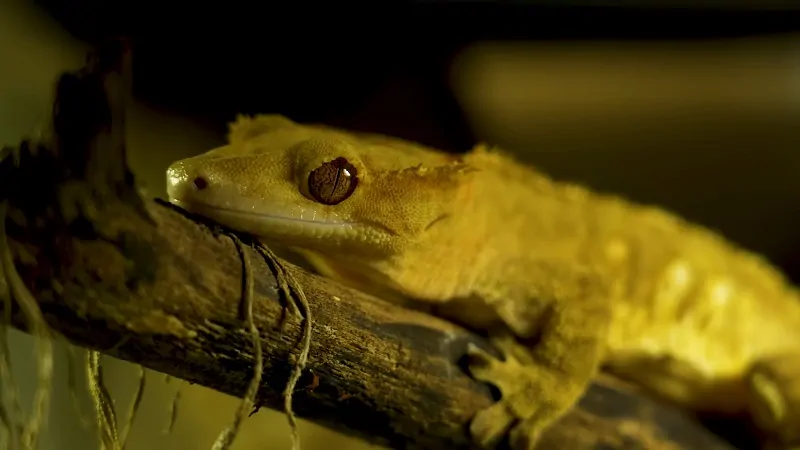
| Feature | Details |
| Temperament | Calm, shy, but interactive |
| Size | 6–10 inches |
| Lifespan | 10–15 years |
| Diet | Fruit-based powder + insects |
| Handling | Tolerant of gentle handling |
| Tank Size | 20 gallons (tall enclosure) |
Crested geckos are a great option for anyone looking for a pet lizard that requires minimal heating and lighting. Native to New Caledonia, they thrive at room temperature and do not require a basking spot or intense lighting, making them cost-effective and simple to care for.
They are arboreal (tree-dwelling) and enjoy climbing, so their enclosures need vertical space. They’re best suited for observation but can tolerate gentle handling once they’ve gotten used to it. They have a sticky toe pad system that lets them walk up glass and other vertical surfaces—something that never fails to delight new owners.
Their diet is easy: commercial fruit-based gecko food is nutritionally complete, and you can occasionally supplement with insects. While they may be skittish at first, cresties become more confident with time and can be handled a few times a week. They’re ideal for small spaces and urban reptile keepers.
5. African Fat-Tailed Gecko (Hemitheconyx caudicinctus)
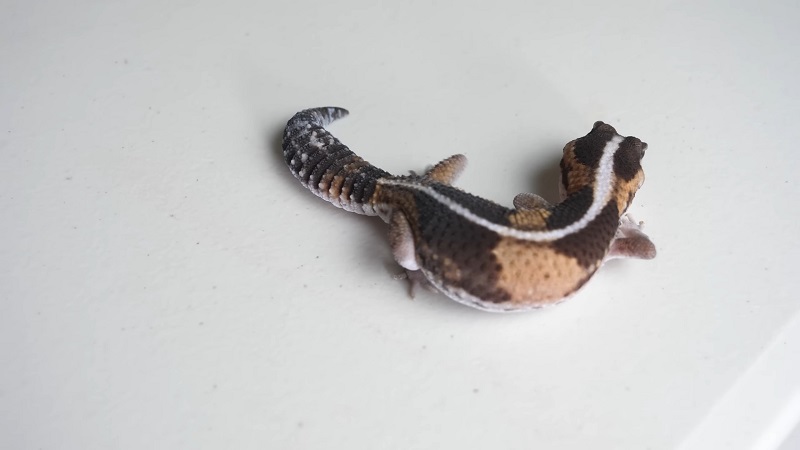
| Feature | Details |
| Temperament | Quiet, slow-moving |
| Size | 7–9 inches |
| Lifespan | 10–20 years |
| Diet | Insectivore |
| Handling | Very tame, even more than leos |
| Tank Size | 20 gallons |
African fat-tailed geckos are often described as the shy cousins of the leopard gecko. They have similar care needs, making them beginner-friendly, but tend to be even calmer and slower-paced, which many owners find endearing. These geckos rarely jump or run quickly, so they’re great for careful handling.
Fat-tailed chinchillas are nocturnal and prefer dim, quiet environments. They thrive on a simple insect-based diet and need only moderate heating, with no UVB required. Their coloration is generally more earthy and subdued than leopard geckos, and they often have bold banding or patterning.
Their personality is subtle—they’re not as outgoing as some other species, but they form routines and can become quite tame with time. For someone looking for a gentle, low-stress reptile that won’t mind being held a few times a week, fat-tailedscorpions are a top choice.
6. Uromastyx (Various species)
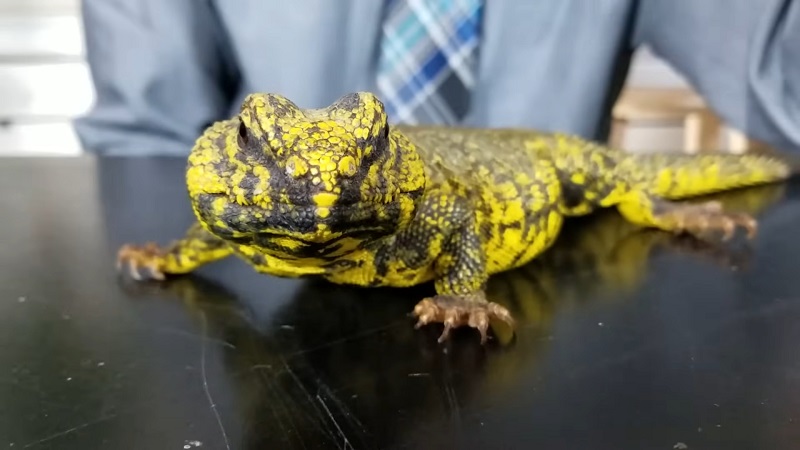
| Feature | Details |
| Temperament | Curious, gentle when socialized |
| Size | 10–18 inches (species vary) |
| Lifespan | 15–20 years |
| Diet | Herbivore |
| Handling | Becomes very tame with time |
| Tank Size | 40–75 gallons |
Uromastyx lizards are day-active, desert-dwelling herbivores known for their peaceful nature and unique appearance. Despite their spiny, intimidating tails, these reptiles are extremely calm when socialized. They can become very affectionate, even seeking interaction with their keepers after consistent, gentle care.
Unlike most lizards, they eat strictly vegetables and grains, which is a huge advantage for owners who dislike feeding live insects. They thrive on a diet of leafy greens, seeds, lentils, and vegetables. Uros also love to bask, and need very hot basking areas—up to 120°F. Their enclosures should reflect their arid native habitat.
They may start shy, but they quickly become curious and bold. Many owners describe their uros as the “tortoises of the lizard world“—peaceful, hardy, and very interactive when comfortable.
7. Ackie Monitor (Varanus acanthurus)
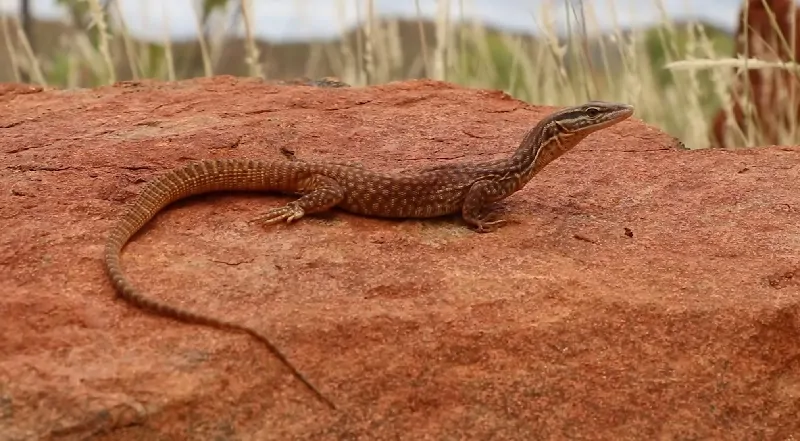
| Feature | Details |
| Temperament | Smart, trainable, curious |
| Size | 2–3 feet |
| Lifespan | 15–20 years |
| Diet | Insectivore |
| Handling | Socialized well with effort |
| Tank Size | 75–120 gallons |
Ackie monitors are a perfect option for keepers who want a larger, intelligent lizard but without the danger or aggression associated with other monitor species. Ackies are known for their curiosity, energy, and surprisingly trainable behavior. With consistent, gentle handling, they can become very tame and interactive.
They are active diggers and climbers, so they need large enclosures with deep substrate and plenty of environmental enrichment. They’re also heat lovers and need strong UVB and high basking temps. But if you can meet these care needs, you’ll be rewarded with a lizard that engages with you, follows movement, and displays a range of behaviors more typical of mammals than reptiles.
Because of their smarts and activity level, they are sometimes compared to ferrets or small dogs. They aren’t a “starter” lizard in terms of setup cost or space, but for those willing to put in the effort, they are one of the most rewarding reptile pets available.
Final Thoughts
Picking the right pet lizard comes down to knowing what you’re ready to handle and what kind of interaction you want. All the lizards on this list are friendly, safe, and proven to do well with people when they’re cared for properly.
If you want something social and interactive, go for a bearded dragon. If you prefer low maintenance, a leopard gecko or crested gecko is a great fit. Want something smart and engaging? Consider an Ackie monitor—just be ready to invest in space and setup.
Whatever you choose, make sure you’re set up with the right enclosure, diet, and heating before bringing your lizard home. Reptiles aren’t hard to care for, but they do need consistency. Get that right, and you’ll have a calm, fascinating companion for years.
Related Posts:
- How to Keep Your Dog Safe in Cold Weather -…
- Which Insects Can Survive Being Frozen and Reawaken…
- 15 Best Nature Ebooks For Kids Who Love Animals And Plants
- Why Is the Eye of the Sahara Also Known as the…
- Why the Antilles Pinktoe Tarantula Is Known for Its…
- Is Your Pet Sick? Here’s Why You Shouldn’t Rely on…

